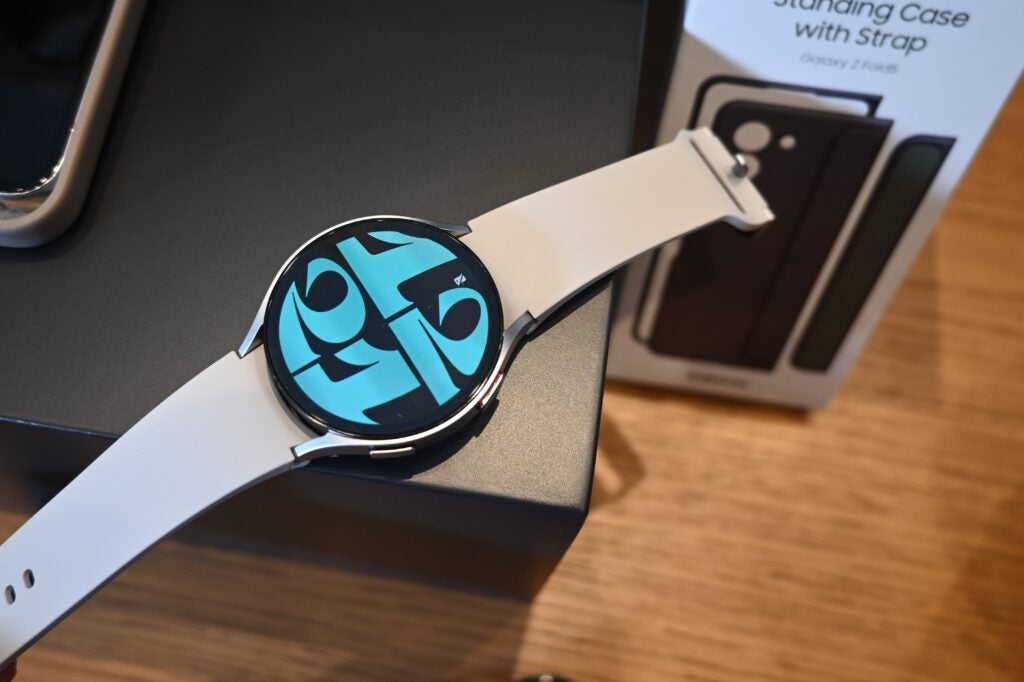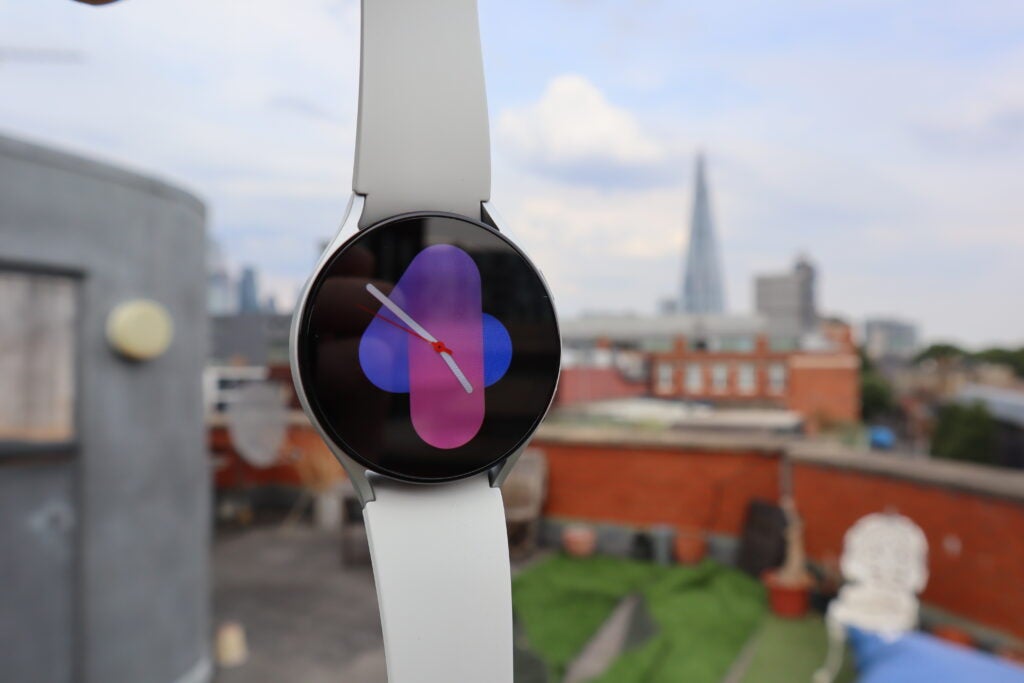Samsung’s finally pulled back the curtain on its latest mainline wearable, the Galaxy Watch 6, and it’s brought along some interesting features for the ride.
Just like clockwork, the annual refresh for Samsung’s smartwatches is here, debuting the anticipated Galaxy Watch 6 alongside the somewhat surprising Galaxy Watch 6 Classic, which revitalises the ‘Classic’ line and replaces last year’s Galaxy Watch 5 Pro.
If you’re a proud owner of the Galaxy Watch 5 then you might be wondering if the Watch 6 brings enough to the table to warrant an upgrade, and while we’ll have a full review for the wearable in due course, we do know what separates these two devices on paper.
To know the four most important changes in the Galaxy Watch 6 over its predecessor, just keep on reading.

The screen is 20% bigger
As bright as the display was on the Galaxy Watch 5, it was unfortunately hemmed in by some fairly hefty bezels all around its exterior. This time around, the Galaxy Watch 6 has no such affliction thanks to a major revamp to the display.
Not only is the screen 20% larger on the Galaxy Watch 6, but the bezels have also been decreased by 30%. What this means is that Samsung has able to enlarge the display whilst keeping the overall size of the watch mostly the same, as the Watch 6 still comes in 40 and 44mm options.
The Galaxy Watch 6 should last longer
Compared to the likes of the Apple Watch, the Galaxy Watch 5 could go for a reasonable length before needing to have its battery topped up – you could easily get two days of use under the right circumstances. Against wearables from Garmin, and even the recent TicWatch Pro 5, this battery life pales in comparison, something that Samsung seems to be aware of.
In order to fight back against the competition, the Galaxy Watch 6 now features a larger battery: 300mAh and 425mAh on the 40mm and 44mm options respectively. In both cases, these numbers beat out the Galaxy Watch 5 (284mAh and 410mAh), and while we won’t know until testing exactly how much of a benefit those larger cells prove to be, they should at the very least help to offset the additional drain caused by the bigger displays.

Faster day-to-day performance
From the time I spent with the Galaxy Watch 5, I never felt as though the Exynos W920 chipset wasn’t up to the task as it performed incredibly well during everyday use. Samsung appears to disagree however as its made sure to imbue the Galaxy Watch 6 with an updated processor.
Now boasting the Exynos W930, the Galaxy Watch 6 should have a faster processing speed of 1.4GHz (over 1.18GHz on the Watch 5). At the very least, this should be able to show off Wear OS 4 in its best light which will be available from day-one on the Galaxy Watch 6.
The Galaxy Watch 6 is more expensive
As you may have anticipated, these upgrades over last year’s model do come at a cost. The Galaxy Watch 6 has a starting price of £289, which is £20 more than the Galaxy Watch 5’s entry-level £269 price tag.
So far as price increases go, it’s not a horrendous uptick in the current climate, but be sure to return soon for our full review of the Samsung Galaxy Watch 6 to find out if the added expense is worth it.











